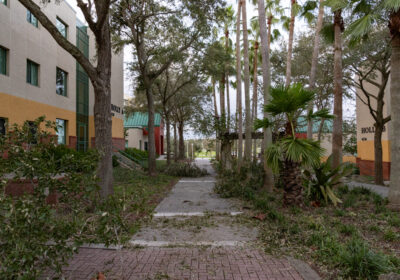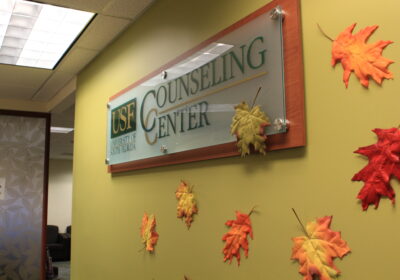USF reforming emergency alert system
New emergency alert integration systems could shorten the time it takes to notify students and faculty of emergencies on campus.
USF Information Technologies (IT) is evaluating which software it will choose to reform the alert system, said Chris Akin, associate director of IT and Central Florida Regional Data Center (CFRDC).
The new software will allow USF to send out emergency alert messages “all at once,” instead of six separate alert systems to notify students of emergencies on campus, Akins said.
USF uses MoBull, digital screens on campus, e-mails, USF’s Web site, ENS and the University’s information hotline to alert students.
Akin said IT will choose software created by either Rave Mobile Safety or by Federal Signal.
According to the Rave Mobile Safety Web site, Rave Alert is a program that allows the user to quickly send emergency notifications and important announcements via text messaging, e-mail, recorded voice message and other forms of communication.
Akin said USF currently uses Rave Alert for MoBull texting alerts and is “very happy with it.”
Federal Signal has a system, Codespear, that allows text and voice broadcasts of alert notifications to computers, phones, pagers, wireless PDAs and cell phones, according to the company’s Web site.
The Emergency Notification System (ENS) installed on campus is contracted by Federal Signal.
Each system has a separate method of sending the notifications, Akin said. By intigrating, the software would be more efficient and create less work for the Division of Public Safety, he said.
“The reason for using six methods of communication is because not everyone is accessible with one particular method,” Akin said.
Breanna Fila, a junior majoring in nursing, said she thinks everyone has a different preference for receiving alerts.
“I think MoBull text messages work the best because most students get them right away,” Fila said.
Akin said the USF Web site and information hotline are the best ways for parents and community members to find out “what’s happening on campus,” so the University is not jammed with phone calls.
“The goal is to have a majority of the messages sent out within 10 minutes of (a situation being declared an emergency),” Akin said.
He said the MoBull text messages are generally received within the 10 minute time frame.
Fila said she would like to see emergency alerts as soon as possible.
“With the technology we have today, it should be no longer than 10 minutes,” she said.
Akin said IT is happy with the overall speed of emergency alert delivery.
“We think we have one of the faster communication platforms, but we’re always working to improve it and this new software is one of those ways,” he said.
IT does not anticipate the cost to be any higher than $10,000, Akin said.
“The cost of the (integration) system will depend on the options (IT) chooses for the system,” he said.
Akin said USF is expecting to have the integration software operating by the end of fall semester.






